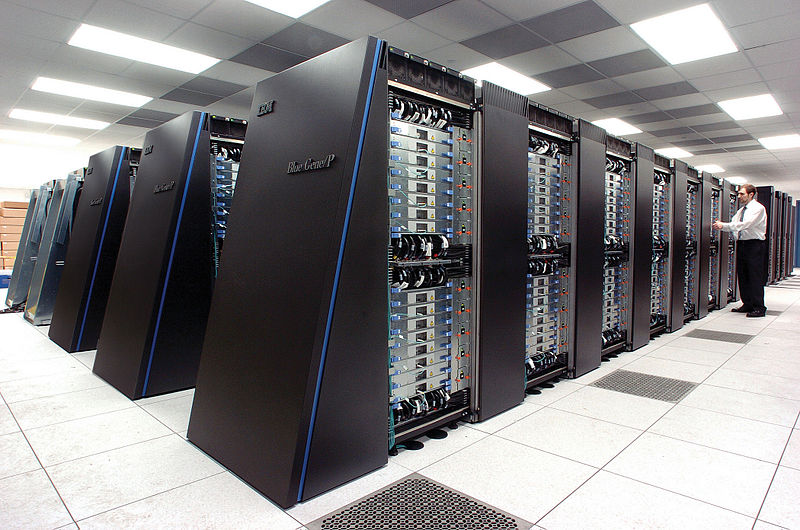
Researchers at MIT have designed a processor with 110 cores, and the researchers were able to reduce the amount of “traffic” up to 14 times.
A single modern computer processor is indeed a complicated construction and even more so is a multi-core CPU (central processing unit). Built with more than one core.
For processors to be able to take advantage of all these resources, they need to ship data frequently between the cores, cache memory, and controllers. A fact that contributes to a lot of processor power consumption and heat generation.
Home Computers
Home computer CPU’s was for a very long time single-core chips. The performance increased with continuously smaller chips (manufacturing technology) and higher frequency – but a shift occurred during the late 2000s.
When semiconductor companies very much it the roof in frequency output and heat generation for standard X86 design, a necessary shift occurred with the introduction of multi-core processors. This technology would replace single cores and since remained the standard with more and more cores introduced with each new generation.
The manufacturing technology has decreased simultaneously, the number of transistors has doubled approximately every two years, enabling Moores Law to continue.
Since the instructions that are given to a single CPU, such as add, move data, and branch – is limited – multiple cores can run multiple instructions at the same time, increasing overall speed for programs and enable parallel computing.
Execution Migration Machine
A problem with multiple cores is, however, the need for a large amount of data to migrate between logical units within the computer. A problem that is only worsened with the number of cores.
Now, researchers at MIT have been working on a concept to reduce this migration of data and the work has now resulted in a processor called an Execution Migration Machine, with no less than 110 cores.
Just as the CPU’s found in your home computer, the EMM is a general purpose processor. Comparable to those ordinary CPUs built by Intel or AMD. But less similar to those processors (GPUs) found on modern graphics cards – as these are specialized for certain tasks.
It is however not the number of cores that is impressive. These 110 cores use a single shared memory pool rather than a traditional cache memory. The scientists claim that this contributes to a significant reduction of data traffic within the processor.
The design also allows the prediction of future data traffic and adapt beforehand. Thereby reducing the number of cycles required for the processes and the data migration – resulting in an overall reduction of traffic by 14 times compared to regular chip design.
The chip measures in at 10 x 10 millimeters and is made with 45-nanometer manufacturing technology and a proprietary architecture where the cores are arranged in a square formation.
The Execution Migration Machine is designed as a research tool to demonstrate the technology. The technologies and solutions that have been used to construct the processor will probably be seen in some form within commercial products in the near future.
______________
The Execution Migration Machine
____________________________



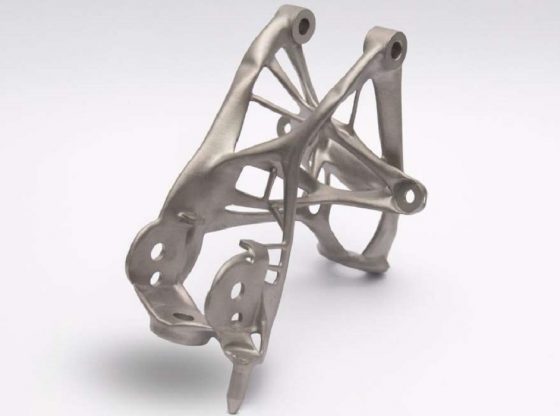

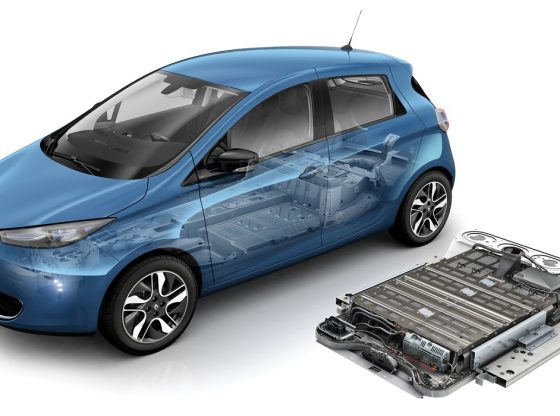
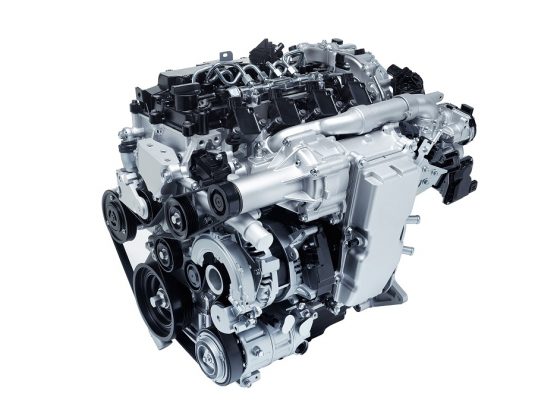
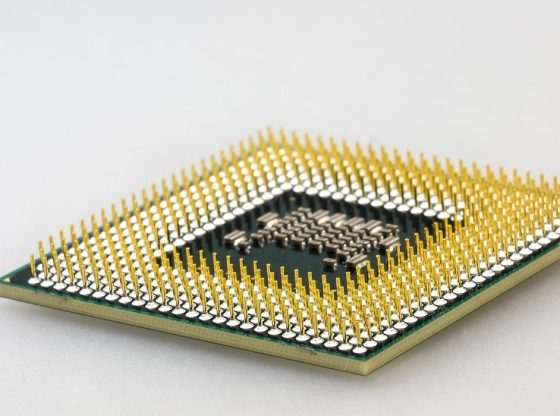


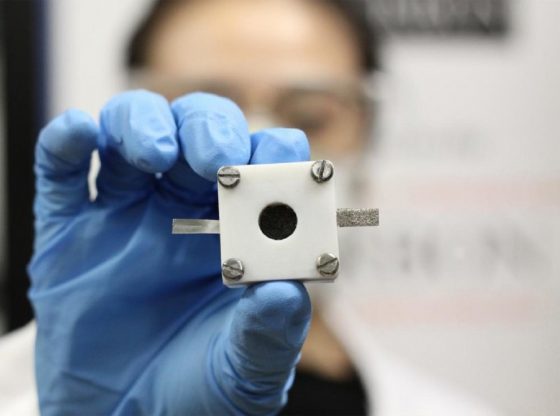
![OpenAI. (2025). ChatGPT [Large language model]. https://chatgpt.com](https://www.illustratedcuriosity.com/files/media/55136/b1b0b614-5b72-486c-901d-ff244549d67a-350x260.webp)
![OpenAI. (2025). ChatGPT [Large language model]. https://chatgpt.com](https://www.illustratedcuriosity.com/files/media/55124/79bc18fa-f616-4951-856f-cc724ad5d497-350x260.webp)
![OpenAI. (2025). ChatGPT [Large language model]. https://chatgpt.com](https://www.illustratedcuriosity.com/files/media/55099/2638a982-b4de-4913-8a1c-1479df352bf3-350x260.webp)








